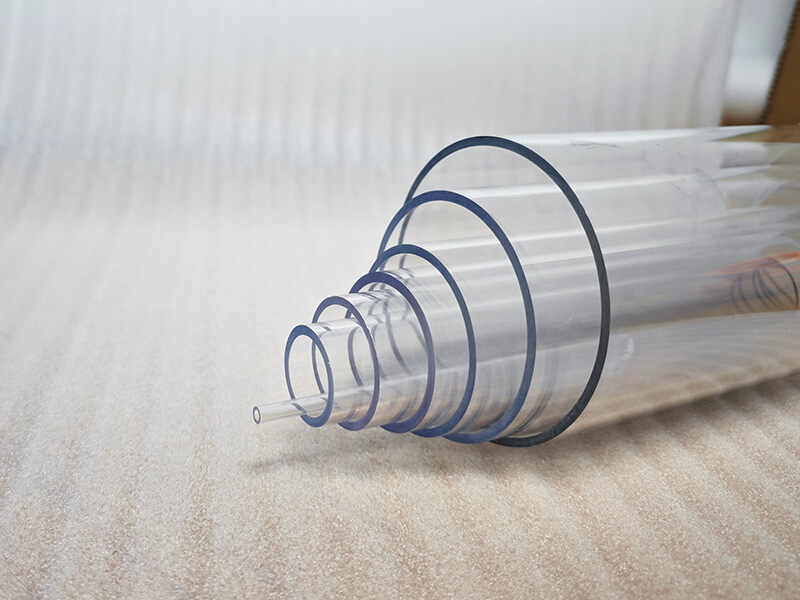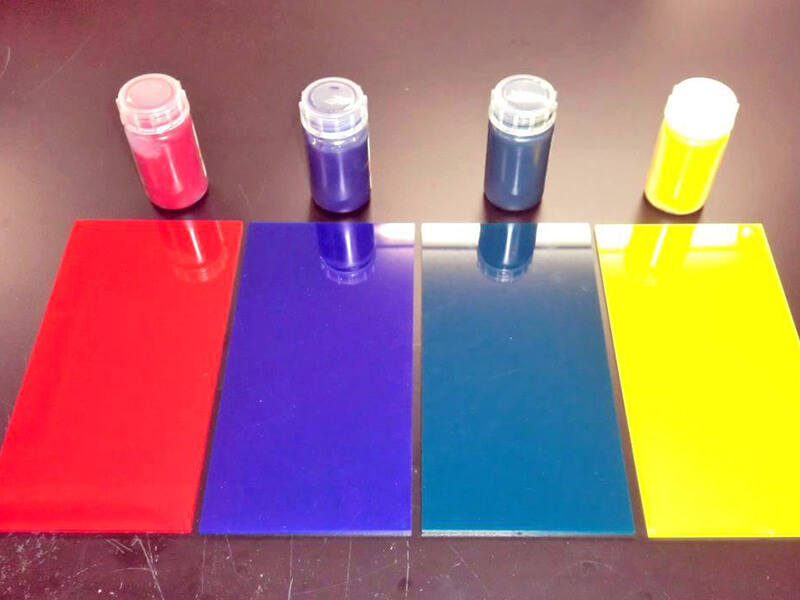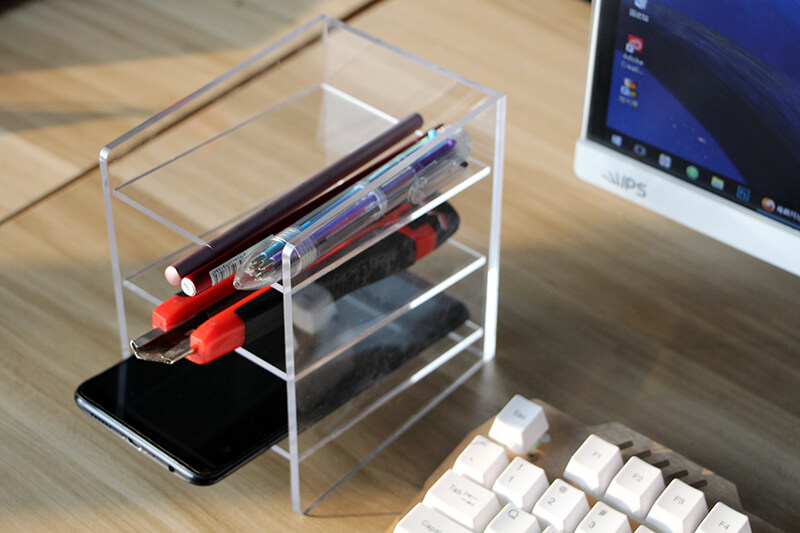How do you drill into an acrylic sheet?
Know More About Acrylic Sheets
When you use a plexiglass sheet, you may need to hang something, you may need to do some DIY, or you need to fix it somewhere, then you will definitely need to drill at this time.
Drilling is obviously not an easy job. Do you need to consider many factors, such as whether acrylic can withstand drilling? Will acrylic break? We will answer your questions one by one in this blog, so let’s get started.
Does acrylic crack when drilled?
Acrylic has a high-strength appearance and transparent characteristics. Compared with glass, acrylic is still very strong. It will not break into slag, but it will break when used improperly.
In the process of drilling acrylic, we need to use the correct drill bit and the correct operation technique. As long as there is no problem with the operation, the drilling will not cause the acrylic to crack.
What is the best type of drill bit for acrylic?

Any commercially available power-driven equipment can be used to drill acrylic panels.
Some manufacturers have drills designed specifically for plastic use. You can choose to buy this directly. If it is a standard metalworking drill, these drills are designed to actively cut into metal when the metal is fed. If used on acrylic resin without modification, these drill bits will chip and cause other damage to the plastic.
Choosing a drill bit is a very important step because the shape of the drill bit will directly affect the quality of your drilling. This means that the size of your chips will be affected. A drill with a larger diameter and a drill with a smaller tip angle will produce more Large chips. If the hole depth (H) is smaller than the drill diameter (D), large chips are easily ejected. As the depth of the hole increases, that is, H>D, larger chips become more difficult to discharge due to the tight gap between the drill bit and the hole wall. The increase in the angle of the drill tip will reduce the size of the generated chips, thereby promoting chip ejection. Therefore, as mentioned above, if the tip angle of your drill is too large and greater than 90°, it will be very easy to cause acrylic cracks during the drilling process. This is something we do not want to see, so please choose carefully.
How do you drill into acrylic without cracking it?
First, please make sure that you buy regular acrylic materials and drill equipment, and strictly follow the operating procedures.
When perforating the acrylic plate, heat will be generated due to the tight gap between the drill bit and the whole wall and the difficulty of chip discharge. In this process, as the hole deepens, chip removal becomes more difficult. The friction between the drill and the material will also increase, and acrylic itself will expand due to the relatively low thermal conductivity and high thermal expansion coefficient of acrylic. If these factors are not taken into account during the operation, it may cause the melting and gelation of acrylic, and the quality of your punched holes will also be poor. Therefore, the chips must be removed quickly to reduce the heat generated.
During your punching process, the acrylic should be firmly fixed, it is best to firmly clamp the acrylic on the workbench. It is best to use some discarded acrylic sheets or other thermoplastic sheets to support our acrylic sheet to be perforated so that when the drill bit penetrates the bottom surface, it will continue to drill into the material below, which can prevent The bottom of the board we need is chipped. When drilling, please use a lower speed to advance so that the drill bit enters the acrylic plate. At the same time, when the drill bit leaves the acrylic plate, the speed should be reduced to prevent chipping.
Guidelines for drilling distance from the edge of the sheet
When drilling holes to support sheet-by-point fastening, there are two rules that apply. First, the bolt hole diameter should be at least 2 times the diameter of the bolt. This allows for adequate clearance for thermal and moisture expansion and contraction. Second, the distance from the hole center to the edge of the sheet should be at least 1.5 times the diameter of the drilled hole. Please see the picture to the right for a detailed diagram.
Some tips for perforating acrylic
- Take protective measures and wear goggles! It is inevitable that there will be small flying debris during the drilling process. Take care to protect yourself from injury.
- After the acrylic panel is punched and screwed, it will burst. It is usually caused by improper operation. The thermal expansion coefficient of the acrylic panel is very large, generally nine times that of metal. Therefore, when drilling the acrylic panel, pay attention to it. It is necessary to leave a gap for the expansion and contraction of the acrylic panel, and make a larger hole; and even if the screw is tightened too tightly, it will burst; in addition, do not get too close to the edge when simply punching.
- Use an ordinary twist drill to grind into a three-pointed shape, with the middle tip slightly higher, so that the drill bit can drill the plexiglass. Or use a hand drill. The force should be even when drilling, and the pores left under the glass plate should be small to increase the strength of the glass. You can also put some sand on the glass to enhance friction.
- The perforated position on the acrylic display stand cannot be scrubbed with alcohol, otherwise, it will burst easily.
How does UVACRYLIC drill acrylic?
We have two methods to drill acrylic sheets.
Method ONE: Using a normal bench drill for a small quantity, you need to cut acrylic sheet firstly, then drill it with your hand, therefore, this method is only for small quantities.
Method TWO: Using CNC to cut and drill acrylic sheets, it is highly effective.
Conclusion
Yes, acrylic drilling is not an easy process. You need to prepare materials and operate carefully. You must always pay attention to safety during the process, but if you can do it well, it should be a sense of accomplishment, right?
If you want to save time and effort, you can leave it to us to help you realize it. When you buy acrylic sheets, tell us to help you punch holes. This will be very safe.
Need A Trustworthy Supplier Of Acrylic Product
Click on the button, you will find the Trustworthy Supplier Of Acrylic-based product and machining services.








































































